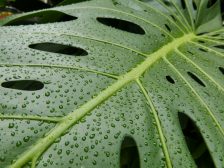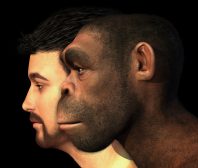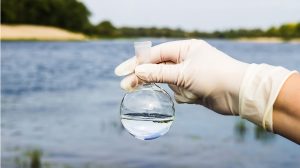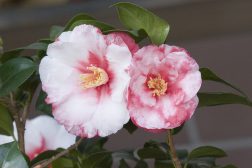Definition
noun
Human whipworm species of the family Trichuridae
Supplement
Whipworms are a group of helminths together with the other parasitic nematodes (roundworms). They belong to the family Trichuridae. They are commonly called human whipworm because they appear like a long, slender whip with a wide posterior handle. Their body is thickened posteriorly while their anterior end is long and threadlike. They are parasites of humans. They live in the large intestine of the human host.1
Trichuris trichiura (also called Trichocephalus trichiuris) infests the human intestine and is the causative agent of human trichuriasis. They live in the cecum and ascending colon of the human host. The adult whipworms are typically 4 cm in length. The typical lifespan of the worm is more than a year, i.e. 4-8 years. The female whipworm can produce 2,000 – 10,000 eggs per day. The eggs are released into the soil along with the human feces. In the soil, the eggs will embryonate and become infective. When ingested, the egg will hatch in the small intestine to grow and develop. Soon, they move to the large intestine where they will develop fully into adult worms.
Scientific classification:
- Kingdom: Animalia
- Phylum: Nematoda
- Class: Enoplea
- Order: Trichocephalida
- Family: Trichuridae
- Genus: Trichuris
- Species: T. trichiura (a.k.a. Trichocephalus trichiuris)
Common name:
See also:
- Nematode
- trichuriasis
- whipworm
- helminth
Reference(s):
1 Trichuris trichiura. Retrieved from EncyclopediaOfLife.org ://www.eol.org/pages/2926825/overview.







